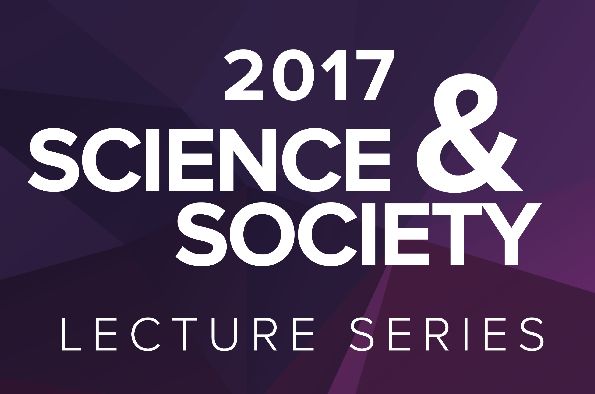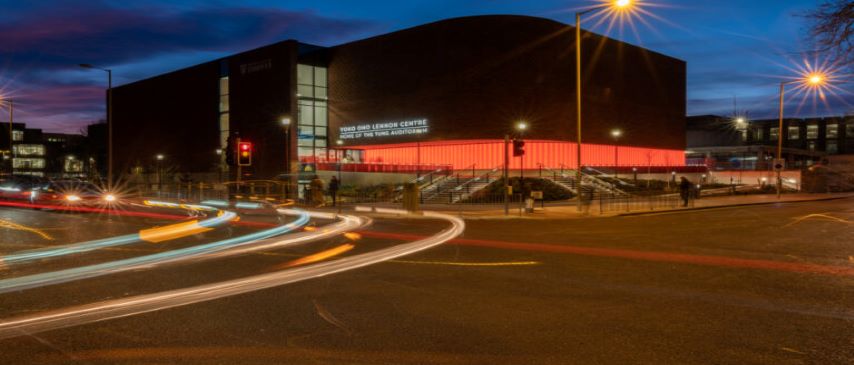
A structural biology revolution
- 0151 794 2650
- Mathilde Chapal
- Admission: Free, please register here: https://www.liverpool.ac.uk/events/science-and-society/form/
- Book now
Add this event to my calendar
Click on "Create a calendar file" and your browser will download a .ics file for this event.
Microsoft Outlook: Download the file, double-click it to open it in Outlook, then click on "Save & Close" to save it to your calendar. If that doesn't work go into Outlook, click on the File tab, then on Open & Export, then Open Calendar. Select your .ics file then click on "Save & Close".
Google Calendar: download the file, then go into your calendar. On the left where it says "Other calendars" click on the arrow icon and then click on Import calendar. Click on Browse and select the .ics file, then click on Import.
Apple Calendar: The file may open automatically with an option to save it to your calendar. If not, download the file, then you can either drag it to Calendar or import the file by going to File >Import > Import and choosing the .ics file.
Richard Henderson has been a leading figure in electron microscopy. He was formerly the Director of famous MRC laboratory of Molecular Biology that has produced many Nobel prizes.
Henderson’s vision, ability to identify and solve key problems of electron microscopy while focussing on an important biological problem has transformed cryoEM and been adopted by X-ray based structural biologists all around the world.
He has received many awards including the Royal Society's Copley award (2016) and Louis-Jeantet Prize for Medicine in recognition of his fundamental and revolutionary contributions to the development of electron microscopy of biological materials, enabling their atomic structures to be deduced.
Structural biology seeks to provide a complete and coherent picture of biological phenomena at the molecular and atomic level.
Structures of biological molecules, which underlie all life processes, can be determined using three techniques. X-ray diffraction (XRD) and nuclear magnetic resonance (NMR) spectroscopy have been dominant until recently. In the last year or two, electron cryomicroscopy (cryoEM) has experienced a quantum leap in its capability due to improved microscopes, detectors and software. It involves a technique invented by Jacques Dubochet in 1982, in which a thin film is plunge-frozen into cold liquid ethane, creating a frozen sample in which individual images of the structure of interest can be seen directly. Subsequent image analysis is then used to determine the three-dimensional structure. The method is so simple, quick and direct that it is now often the first choice.
Professor Henderson will describe the new cryoEM methods and explain why they represent a revolution in structural biology.
